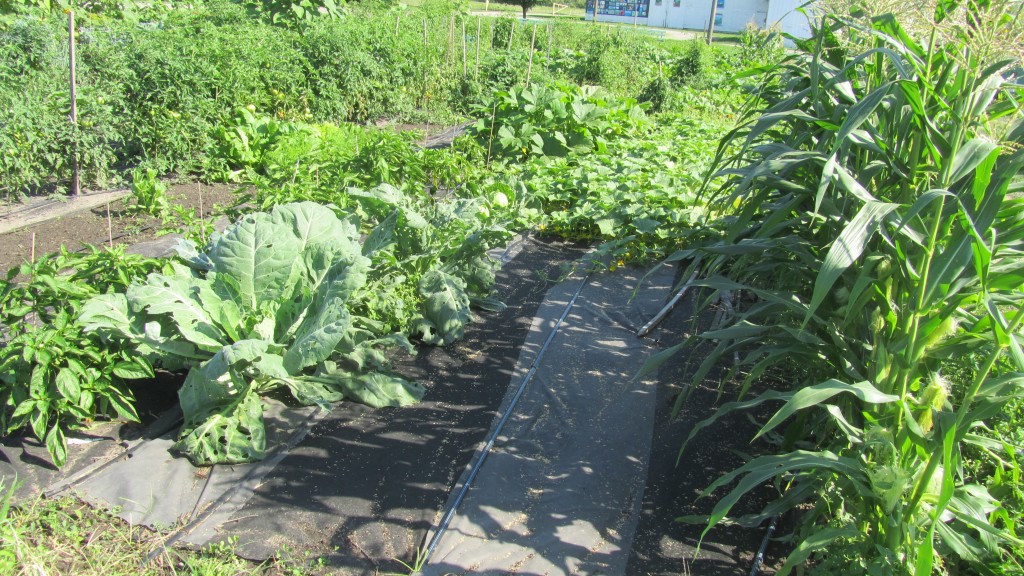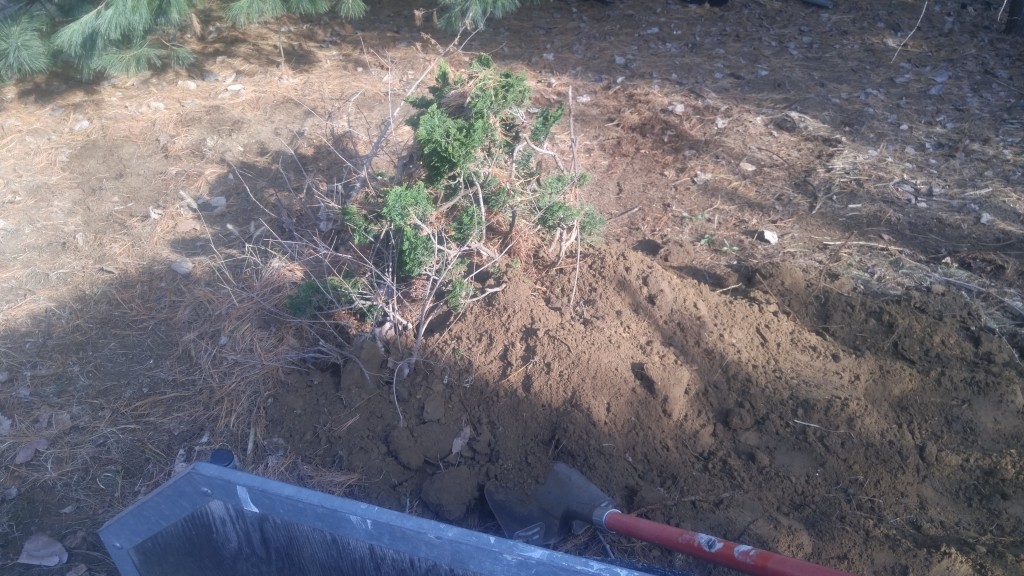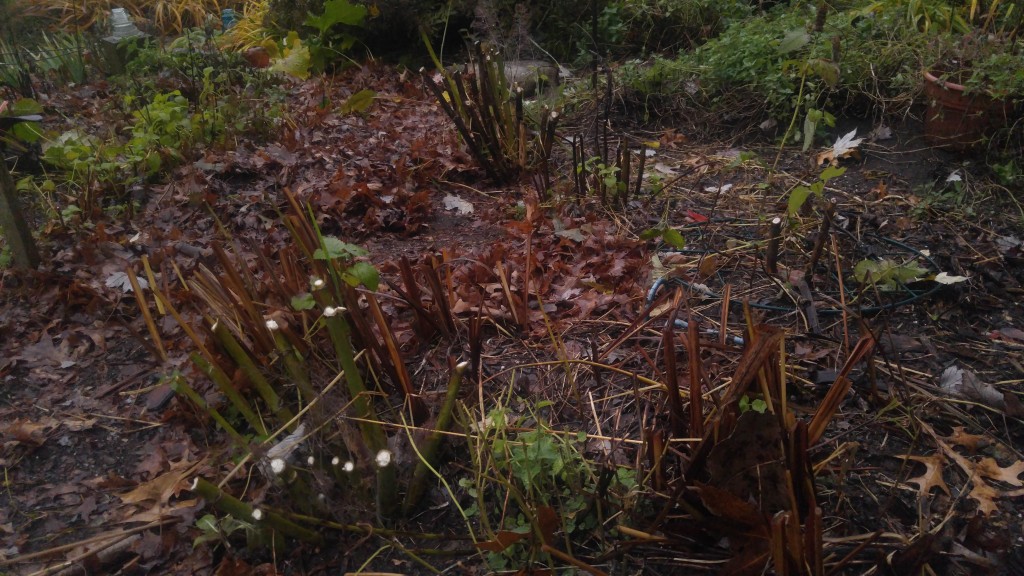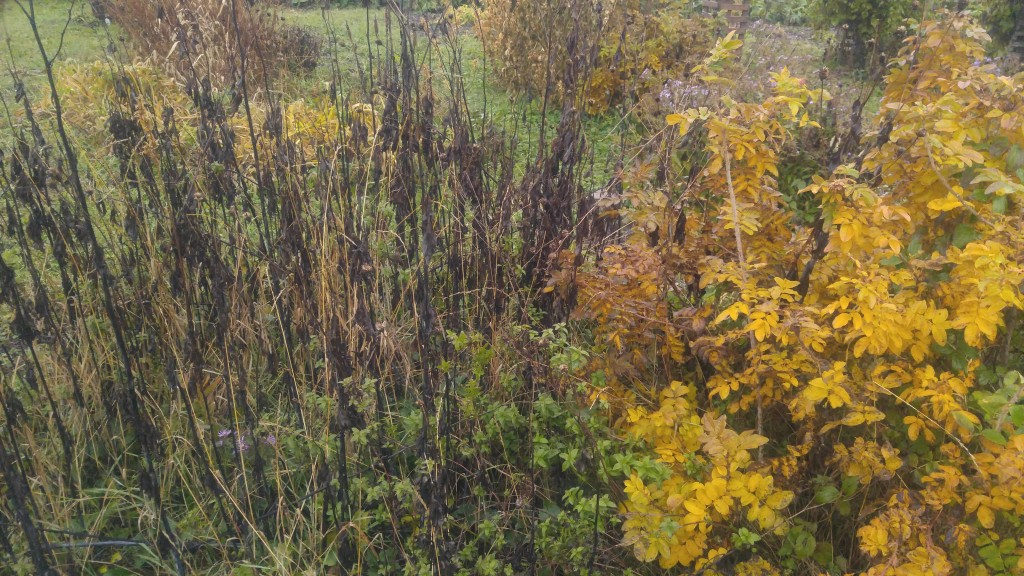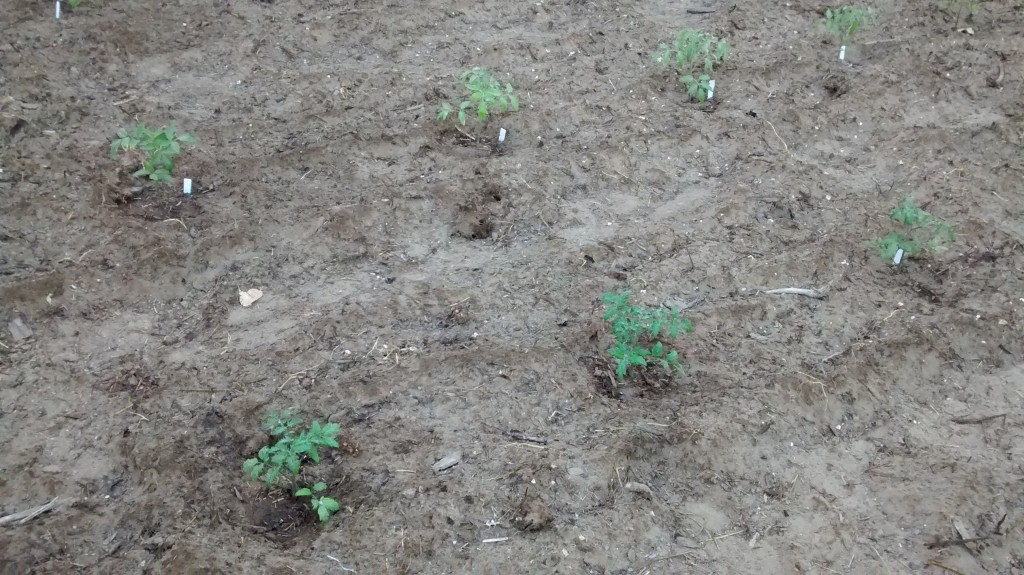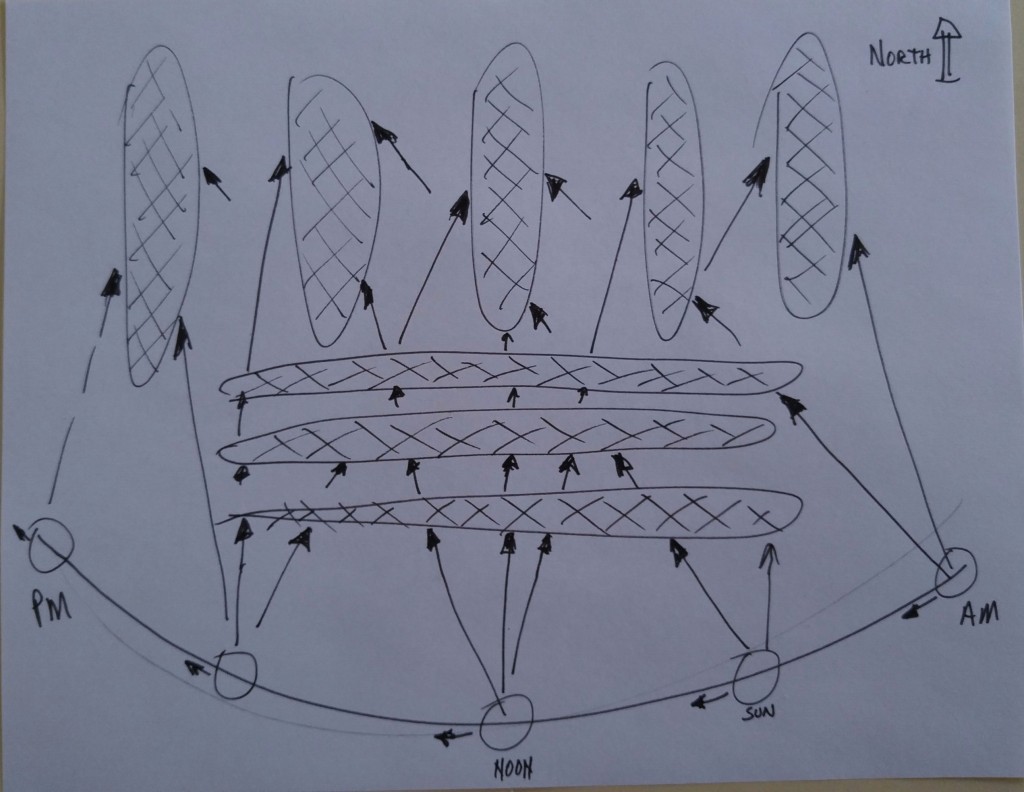Just because you are living in an apartment or in a house with no suitable gardening space, that doesn’t necessarily mean you’re out of luck.
All around Michigan groups, work to provide community gardening space for folks who couldn’t otherwise garden due to a lack of space.
There’s a wide spread on the amenities community gardens provide. The most rustic community gardens provide nothing more than a sunny place to garden. At those you’ll have to do your own tilling in the spring. Also, you’ll have to haul your own water from home. Water is critical especially during the first couple of weeks until young plants become established. After that, mulches applied around the plants will drastically reduce the amount of water required compared to bare soil.
The next tier of gardens will have water on site with one or more hose bibs from which to draw water. Sometimes hoses are allowed, sometimes not. But at the very least you won’t have haul jugs of water from home.
Some community gardens loan out tools for the gardeners to use if they don’t have their own. That usually happens in the more permanent gardens where tool sheds or other storage facilities are located right on site.
Permanent raised beds are available at some garden sites. Their configuration can be anything from slightly raised beds to growing tables raised to table top height.
The rarest of community gardens are those that provide all the previously mentioned amenities plus garden irrigation. These will often have a garden expert or manager who monitors the irrigation system and is around to help gardeners with problems and to answer questions. Some even provide people to help to those who need it.
Costs ranges from free or a token amount to hundreds of dollars per season in the most desired location. Often organizations use garden fee income to improve the garden or help fund other work. In lieu of a fee, you may be asked to contribute a number of work hours helping around the garden.
If you do decide to join a community garden, be a good member. Always be mindful of the rules. For example: don’t trudge through other people’s garden; never pick produce from other plots unless given permission, even if it appears to be in danger of becoming over-ripe; park in designated areas; keep the garden a peaceful place, don’t act out personal problems at the garden such as shouting arguments. The best policy is try to be a good neighbor.
It’s fairly easy to find garden space these days. Start by contacting city recreation departments, schools, colleges, churches and other civic organizations. Private land owners or farmers may rent out plots as well.
This time of the year, just before planting season kicks off, organizations make a big push to get people to sign up. That means sign-up for garden space is going full speed ahead so don’t wait too long because space often runs out fast in some of the more popular gardens. Before committing to a garden plot, it might be a good idea to visit first so there are no surprises.
Bob
